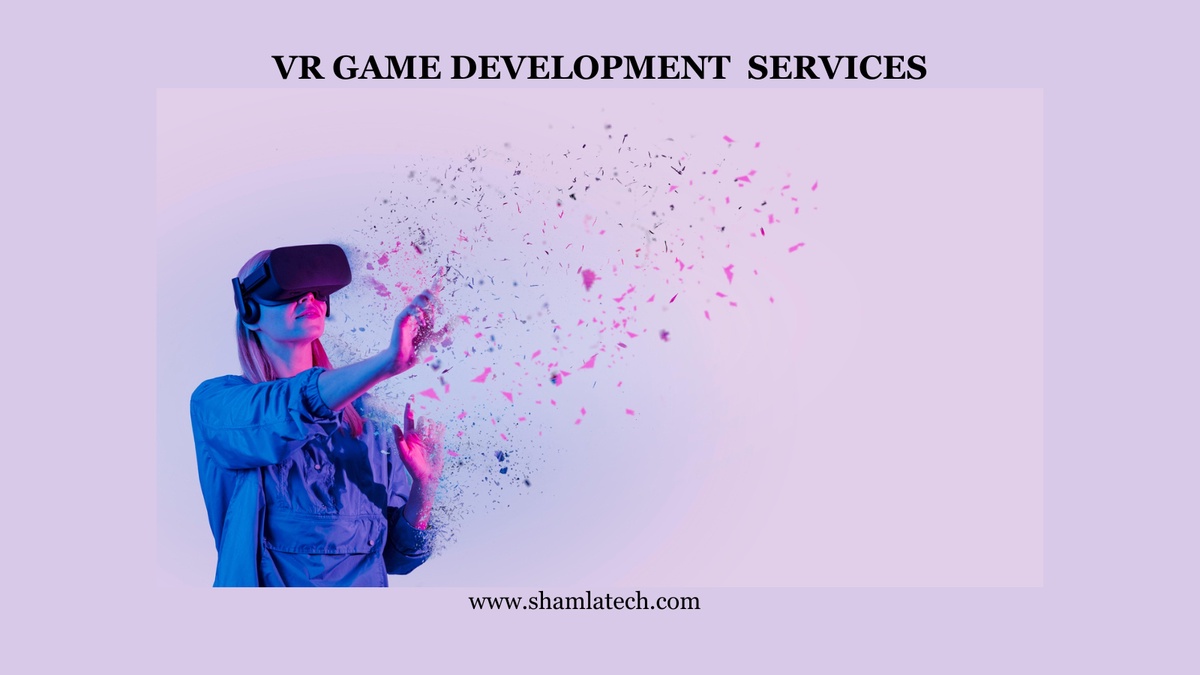Developing a virtual reality (VR) game involves several steps and requires a combination of technical skills and creativity. Here is a general overview of the process:
Define the Concept:
Start by conceptualizing your VR game idea. Determine the genre, setting, mechanics, and overall experience you want to create. Consider the unique aspects of VR that can enhance the gameplay and immersion.
Plan and Design:
Create a detailed game design document (GDD) that outlines the game mechanics, level designs, characters, storylines, and any other relevant aspects. This document will serve as a blueprint for your development process.
Choose a Game Engine:
Select a VR-compatible game engine that suits your needs. Unity and Unreal Engine are popular choices for developing VR games and provide robust tools and resources specifically designed for VR development.
Acquire or Create Assets:
Gather or create the necessary assets for your game, including 3D models, textures, audio files, and animations. You can create them yourself or hire artists and sound designers.
Implement Gameplay:
Begin programming the core mechanics and interactions of your game. This includes player movement, object manipulation, UI systems, and any other gameplay elements specific to your VR experience.
VR-specific Development:
Adapt your game for virtual reality. Consider factors such as motion sickness mitigation, intuitive user interfaces optimized for VR, and designing levels that take advantage of the 3D space.
Test and Iterate:
Regularly test your game throughout the development process. Gather feedback from playtesters, address bugs and issues, and refine the gameplay and user experience based on the feedback received.
Optimize Performance:
VR games require high performance to maintain a smooth experience. Optimize your game's performance by reducing unnecessary rendering, improving asset optimization, and utilizing performance profiling tools provided by the game engine.
Implement Audio and Effects:
Add immersive audio and visual effects to enhance the VR experience. Consider spatial audio, realistic lighting, particle effects, and other visual and auditory cues that contribute to the immersion.
Test on Different VR Platforms:
Test your game on various VR platforms to ensure compatibility and performance across different devices. Account for different tracking systems, input methods, and hardware specifications.
Refine and Polish:
Continuously refine your game based on user feedback and playtesting. Pay attention to details such as UI responsiveness, visual aesthetics, and overall polish to create a compelling and immersive VR Game development experience.
Release and Support:
Once your game is ready, prepare it for release on the desired VR platforms or distribution channels. Provide ongoing support, address any post-release issues, and consider releasing updates or additional content to keep players engaged.
Remember, this is a high-level overview, and developing a VR game can be a complex and iterative process. It's crucial to continuously learn, experiment, and adapt your development approach as you progress.
Know more: VR game development services


No comments yet